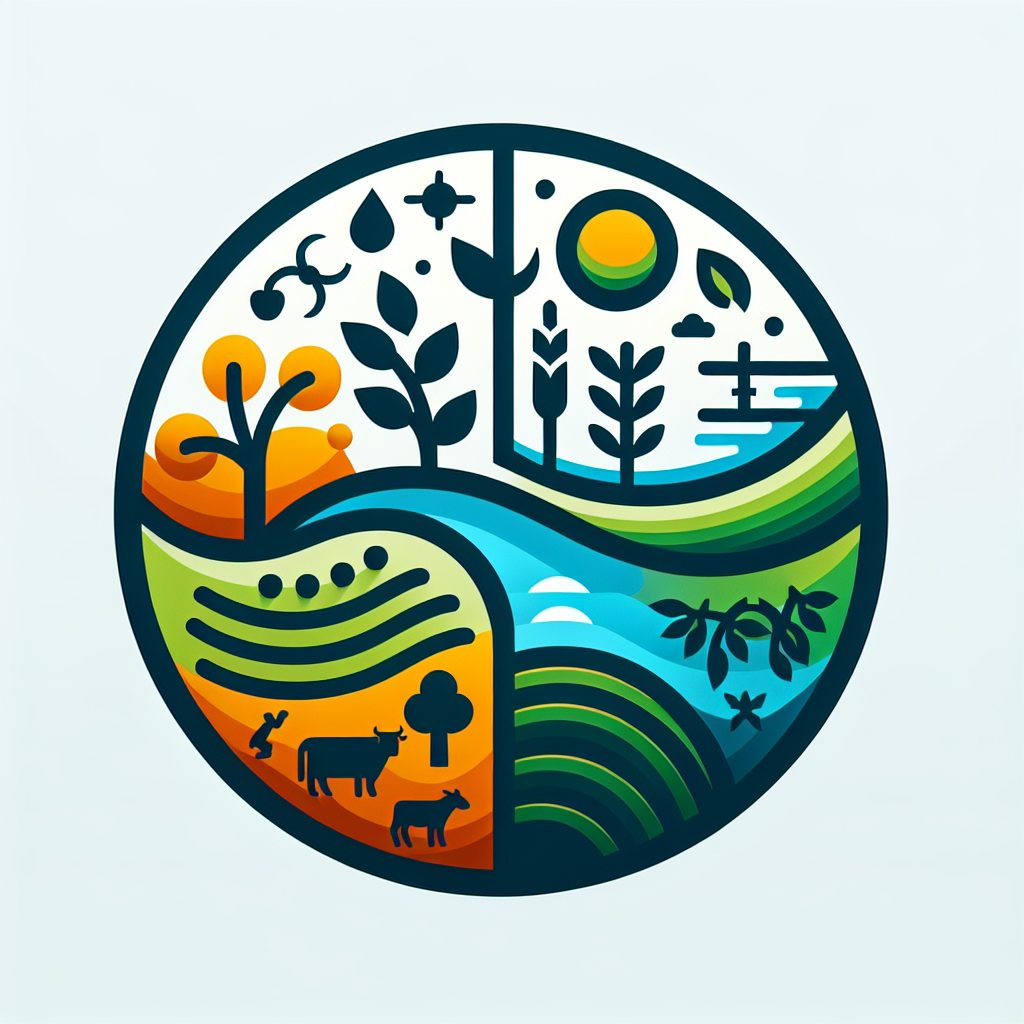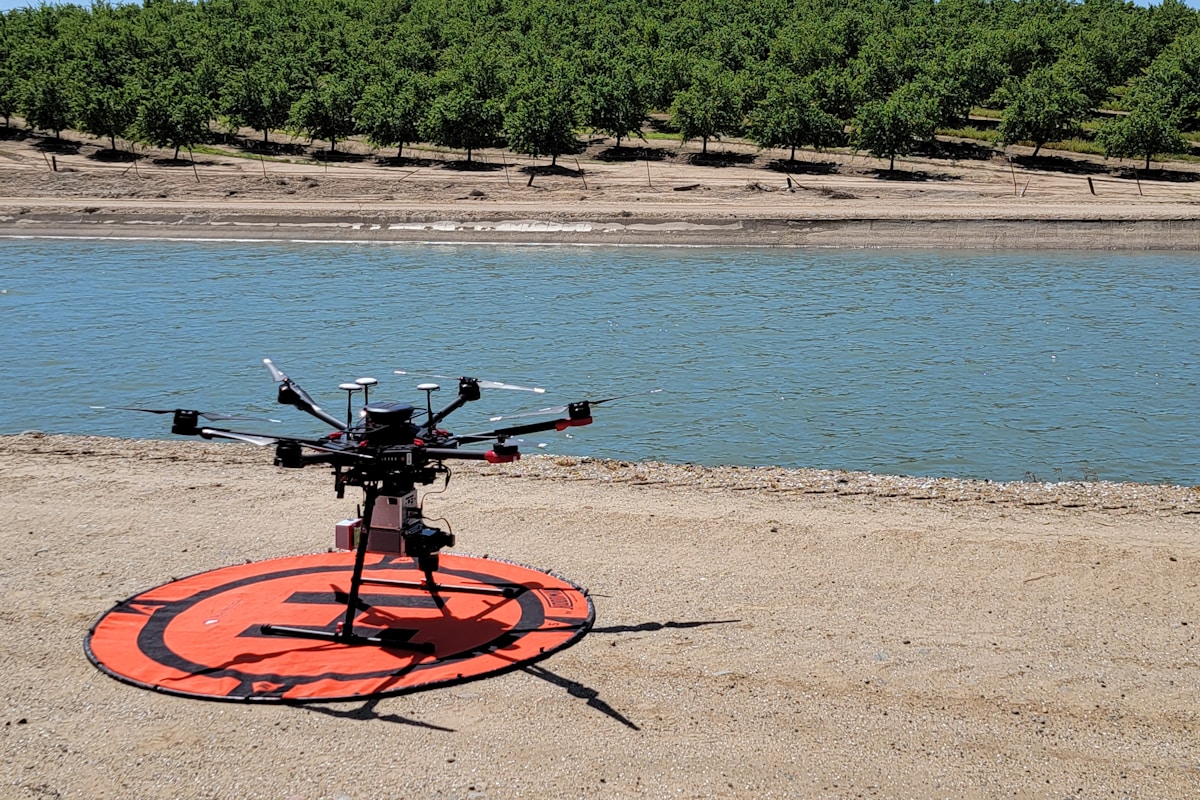Introduction to Drone Technology in Farming
In recent years, drone technology has emerged as a revolutionary tool in the agricultural sector. Farmers are increasingly adopting drones to monitor crops, enhance operational efficiency, and significantly reduce labor costs. This blog post delves into the various applications of drone technology in modern agriculture and highlights its benefits for farmers.
The Role of Drones in Crop Monitoring
Drones equipped with advanced sensors and cameras play a crucial role in monitoring crops. They provide farmers with real-time data that can help in making informed decisions. Here are some key applications:
1. Aerial Imaging
- High-Resolution Images: Drones capture high-resolution images of fields, allowing farmers to assess crop health visually.
- Multispectral Imaging: This technology helps in identifying plant health by capturing data beyond the visible spectrum, enabling the detection of issues like nutrient deficiencies.
2. Crop Health Assessment
- NDVI Analysis: Drones can perform Normalized Difference Vegetation Index (NDVI) analysis to evaluate plant vigor and health.
- Stress Detection: Early detection of crop stress due to pests, diseases, or water shortages can be achieved through drone monitoring.
Improving Efficiency with Drones
Drones help farmers optimize their operations, leading to increased efficiency in various farming practices:
1. Precision Agriculture
- Targeted Treatments: Drones allow for precise application of fertilizers and pesticides, minimizing waste and reducing costs.
- Soil Analysis: Drones can collect data on soil conditions, helping farmers determine the best times and methods for planting and harvesting.
2. Irrigation Management
- Water Distribution: Drones can identify areas in need of irrigation, ensuring that water is used efficiently.
- Monitoring Irrigation Systems: Farmers can monitor the effectiveness of their irrigation systems through aerial views, adjusting as necessary.
Reducing Labor Costs
Labor costs can be a significant burden for farmers, but drone technology offers solutions to mitigate these expenses:
1. Automation of Routine Tasks
- Surveying Fields: Drones can quickly survey large areas, saving time compared to traditional methods.
- Crop Health Monitoring: Continuous monitoring reduces the need for manual inspections, allowing farmers to allocate labor more effectively.
2. Data Collection and Analysis
- Real-Time Data: Drones provide real-time data that can be analyzed quickly, reducing the need for extensive labor in data collection.
- Decision-Making: With accurate data at their fingertips, farmers can make quicker decisions, leading to better resource management.
Challenges and Considerations
While drone technology offers numerous benefits, there are also challenges that farmers need to consider:
1. Regulatory Compliance
- Licensing: Farmers must comply with local regulations regarding drone usage, which may require obtaining licenses.
- Flight Restrictions: Certain areas may have restrictions on drone flights, impacting operational capabilities.
2. Initial Investment Costs
- Equipment Costs: The initial investment for drones and associated technology can be high, making it a barrier for some farmers.
- Training: Farmers may need to invest time and resources in training to operate drones effectively.
Conclusion
Drone technology is transforming the agricultural landscape by improving crop monitoring, enhancing efficiency, and reducing labor costs. As farmers continue to embrace this innovative technology, the future of farming looks promising. By overcoming challenges such as regulatory compliance and initial investment costs, farmers can harness the full potential of drones to optimize their operations and increase productivity.
Future Trends in Drone Technology for Agriculture
As drone technology continues to evolve, several trends are emerging that could further benefit farmers:
1. Integration with AI and Machine Learning
- Data Analysis: Advanced algorithms can analyze data collected by drones, providing deeper insights into crop health and management.
- Predictive Analytics: AI can help predict crop yields and optimize farming practices based on historical data.
2. Enhanced Sensor Technology
- Improved Imaging: Future drones may feature even more advanced imaging technologies, allowing for better crop assessment.
- Multi-Sensor Drones: Combining various sensors will enable comprehensive monitoring of multiple factors affecting crop health.
In conclusion, drone technology is not just a passing trend; it is a vital component of modern agriculture that promises to enhance productivity and sustainability in the industry.

